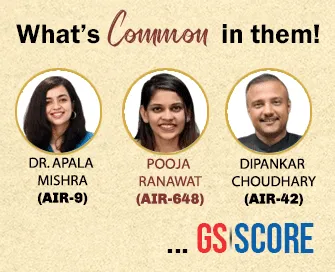

25th August 2025 (18 Topics)
Context:
The Indian Air Force reportedly deployed the X-Guard Fibre-Optic Towed Decoy (FOTD) system duringOperation Sindoor, showcasing the growing role of deception technologies in contemporary warfare.
Concept and Utility of Decoys
- Decoys are systems designed to mislead enemy sensors, radars, and munitions by imitating the signatures of real combat platforms.
- They absorb enemy missile strikes, waste ammunition, and protect actual assets, making them cost-effective force multipliers.
- Categories: airborne decoys (fighter jets, UAVs), land-based decoys (inflatable tanks, artillery replicas), and naval decoys (acoustic/missile decoys).
Airborne Decoys – Indian Context
- India’s Rafale fighters reportedly used X-Guard FOTD developed by Israel’s Rafael.
- Features: 30 kg, lightweight, retractable, reusable, mimics radar cross-section (RCS), velocity, and spectral signatures of the Rafale.
- Integrated with Rafale’sSPECTRA EW suite, offering a multi-layered defensive shield.
- Comparable global systems: BriteCloud (Leonardo, UK/Italy), AN/ALE-50/55 (Raytheon/BAE, USA), adaptable also for drones.
Land and Naval Decoys
- Land-based decoys simulate tanks, artillery, or missile batteries using radar-reflective, heat-emitting, or 3D-printed models. Widely used in the Gulf War (1991), Russia-Ukraine conflict, and by China and the U.S.
- In 2025, the Indian Army issued an RFI for decoys of its T-90S/SK tanks replicating thermal and acoustic signatures.
- Naval decoys include floating chaff, acoustic devices, and the Nulka active missile decoy (Australia–U.S. collaboration), which mimics large warships to divert radar-guided missiles.
More Articles


